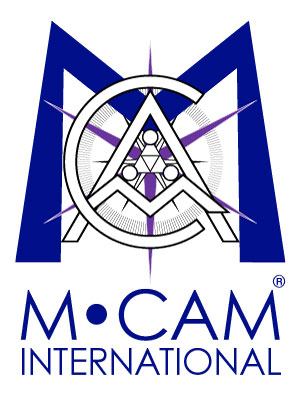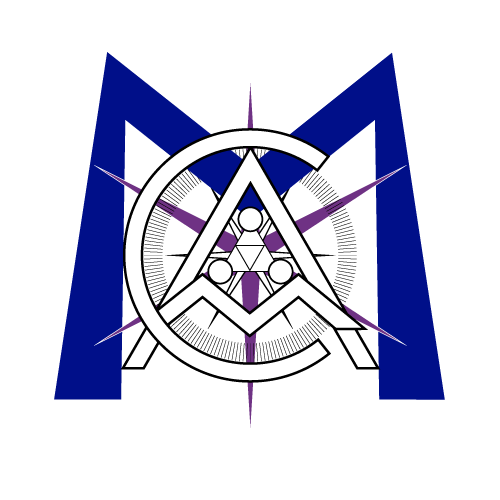PUBPAT News: WARF Stem Cell Patents To Be Re-Examined At Request Of FTCR, PUBPAT
Date: Tue, 2006-10-03
Dr. David E. Martin October 3, 2006 Santa Monica, CA – October 3, 2006 – The United States Patent and Trademark Office has granted requests from a consumer group and public service patent attorneys to re-examine three overreaching patents on human embryonic stem cells held by the Wisconsin Alumni Research Foundation (WARF), the groups said today. The challenges were brought by the Foundation Taxpayer and Consumer Rights (FTCR) and the Public Patent Foundation (PUBPAT) against WARF patents that are impeding scientific progress and driving vital stem cell research overseas. In granting the requests to re-examine the three WARF patents, the PTO found that there were “substantial questions” regarding their validity. “We’re pleased the PTO has decided to re-examine these patents,” said John M. Simpson, FTCR’s Stem Cell Project Director. “The patents should never have been issued in the first place.” Simpson said WARF’s aggressive assertion of patents was not surprising. “They have a history of putting profits before public benefit,” he said. In the 1943 WARF refused to license vitamin D irradiation technology to manufacturers of oleomargarine and was threatened with a federal antitrust suit before relenting. In 1965 and 1975 the government again filed suits against WARF accusing it of impeding scientific advances through restrictive licensing practices. “They’ll tell you they’re all about technology transfer and supporting research. Actually WARF is run by managers with dollar signs in their eyes,” said Simpson. Third party requests for patent re-examination, like the ones filed by FTCR and PUBPAT, are successful in having the subject patent either changed or completely revoked roughly 70% of the time. “WARF has been allowed to profit at the expense of public health while many American scientists have been barred from conducting life-saving medical research. These over-reaching patents threaten our health, waste taxpayer money, and send valuable research overseas,” said Dan Ravicher, Executive Director of PUBPAT. FTCR and PUBPAT argued that the work done by University of Wisconsin researcher James Thomson to isolate stem cell lines was obvious in the light of previous scientific research, making the work unpatentable. To receive a patent, something must be new, useful and non-obvious. Dr. Jeanne Loring, a stem cell scientist at the Burnham Institute for Medical Research, had filed a statement supporting the groups’ challenges. “The real discovery of embryonic stem cells was by Martin Evans, Matt Kaufman, and Gail Martin in 1981, and none of these scientists considered patenting them,” said Loring. “It is outrageous that WARF claimed credit for this landmark discovery nearly 15 years after it was made.” The groups said the patents’ dubious validity is underscored by the fact that no other country in the world honors them. As a result, U.S. researchers have sent research monies abroad where they can avoid paying royalties to WARF. Now that re-examination has started, WARF may make an opening statement to the Patent Office, to which FTCR and PUBPAT can respond. After opening statements, the Patent Office will proceed to determine whether WARF’s patents are indeed invalid in light of the issues raised by FTCR and PUBPAT. California voters approved the nation’s largest publicly funded stem cell research program in 2004 with Proposition 71,which allocated $3 billion in grants over the next 10 years. For an overview of state stem cell programs and pending legislation go to: http://www.curesforcalifornia.com/page.php?id=122. Copies of the challenges filed by FTCR and PUBPAT against the three WARF patents can be found at http://www.pubpat.org/warfstemcell.htm


Sorry, the comment form is closed at this time.